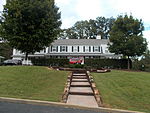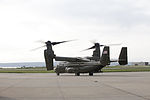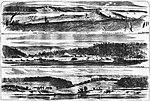Quantico, Virginia

Quantico (; formerly Potomac) is a town in Prince William County, Virginia, United States. The population was 480 at the 2010 census. Quantico is approximately 35 miles southwest of Washington, D.C., bordered by the Potomac River to the east and the Quantico Creek to the north. The word Quantico is a corruption of the name of a Doeg village recorded by English colonists as Pamacocack.Quantico is surrounded on its remaining two sides by one of the largest U.S. Marine Corps bases, Marine Corps Base Quantico. The base is the site of the HMX-1 presidential helicopter squadron, the FBI Academy, the FBI Laboratory, the Marine Corps Combat Development Command, the Officer Candidates School, The Basic School, the United States Drug Enforcement Administration training academy, the Naval Criminal Investigative Service, the United States Army Criminal Investigation Division, and the Air Force Office of Special Investigations headquarters. A replica of the United States Marine Corps War Memorial stands at one of the entrances to the base.
Excerpt from the Wikipedia article Quantico, Virginia (License: CC BY-SA 3.0, Authors, Images).Quantico, Virginia
4th Avenue,
Geographical coordinates (GPS) Address Nearby Places Show on map
Geographical coordinates (GPS)
| Latitude | Longitude |
|---|---|
| N 38.521871 ° | E -77.289757 ° |
Address
4th Avenue 262
22134
Virginia, United States
Open on Google Maps








